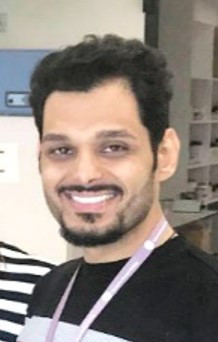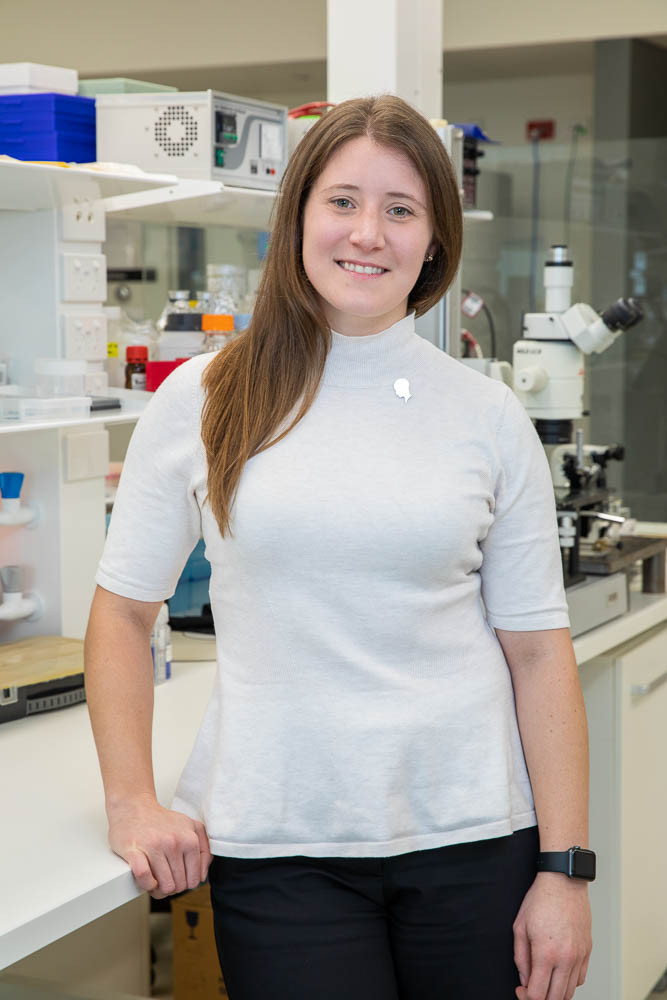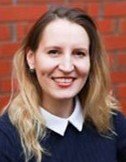Laboratory Head, Senior Research Fellow, Tissue architecture and Organ Function Laboratory
Centre for Cancer Biology, an alliance between University of South Australia and SA Pathology

Dr Gomez performed his BSci(Hons) in Chemistry (2004), PhD (2008) and first postdoctoral position (2008-2010) at the National University of Cordoba in Argentina, where he acquired experience in cell biology and quantitative image analysis. Then, during his postdoctoral training at the Institute for Molecular Bioscience, the University of Queensland, he implemented novel fluorescence microscopy technologies to study the mechanobiology of cell-cell interactions and how these contribute to tissue organisation in normal and pathological circumstances.
In 2017, He began his independent laboratory at the Centre for Cancer Biology, whose research focuses on Brain Cancer. His laboratory is well-known for its contribution to the development of organoid models for brain tumour research, cutting-edge imaging and computational approaches and artificial intelligence, to study fresh tumour samples. These developments led to the creation of new brain cancer research resources, permitting the identification of new molecular targets to treat brain cancer based on the tumour microenvironment.
Dr Gomez' scientific achievements are highlighted by >75 publications in the field of mechanobiology and brain cancer (Hindex=33, >3,500 citations, google scholar) and nationally competitive grans for >$8M. These include research articles in Nature Cell Biology (x3), Nature Communications, British Journal of Cancer and BMC Biomedical Engineering in where he is first or corresponding author and grants from the Australian Research Council (ARC Future Fellowship 2017-2020), The Cure Brain Cancer Foundation, The Charlie Teo Foundation and The Neurosurgical Research Foundation.
PhD Student, Gomez lab

A computer engineer with a background in Artificial Intelligence. The main focus of his bachelor’s project was on nano-scaled communication networks in the human body. During his master’s studies, he was able to propose and implement a novel hybrid intelligent algorithm for reliable detection of the stage of breast cancer malignancy based on mammography images radiomics and patients’ BIRADS information. This hybrid algorithm was a combination of two Machine Learning methods including Self-Organizing Map (SOM) for patients’ clustering and Complex-Valued Neural Networks (CVNN) for classification purpose. Before he started his PhD in Australia, he had been working as a data engineer and was able to successfully apply ML techniques to several industrial and biomedical projects. He then pursued his PhD in the Centre for Cancer Biology under the supervision of Dr. Guillermo Gomez, where the main focus of his PhD was the application of Artificial Intelligence to brain cancer. During his PhD, he learnt how to work, process, and analyse high-resolution H&E histopathology images of Glioblastoma patients by using Deep Learning algorithms. He has managed to publish 15 research articles (including 2 book chapters) in internationally recognized journals being the first author in 10 of them.
PhD Student, Gomez lab

Following completion of her honours degree in 2012, Kaitlin worked for several years at the Centre for Cancer Biology, investigating changes to gene regulation networks and signalling in the tumour microenvironment that contribute to cancer cell survival and metastasis. More recently, Kaitlin joined the Gomez lab as a PhD student, where she is particularly interested in understanding the role of the perivascular niche in glioblastoma. For her project she is using a novel combination of bioengineering approaches to create a vascularised patient-derived organoid model. Her goal is to use this model to identify factors that are predictive of patient response to anti-angiogenic therapies.
PhD Student, Gomez lab

With a strong foundation in Psychological and cognitive Neuroscience sciences, Sally is passionate about interdisciplinary research to find new cures for glioblastoma. She joined the Gomez lab in 2018 to pursue her PhD studies exploring patient demographics and the biology of the tumour microenvironment in clinical treatments outcomes for patients with glioblastoma. Sally utilises cutting edge bioinformatic technologies and patient-derived brain tumour organoids for the identification and functional evaluation of new molecular targets for glioblastoma. Sally’s research aims to better stratify patients based on their demographic information, leading to improved clinical outcomes and survival for brain cancer patients.
The Tissue Architecture and Organ Function Laboratory was founded in 2017 and headed since then by Dr Guillermo Gomez. Its main goal is in translational research in Brain Cancer through the identification of new molecular targets that inhibit key interactions between tumour cells and stromal cells in the tumour microenvironment that are important in mediating glioblastoma growth, invasion and resistance to therapy.
To achieve this goal our laboratory has pioneered cutting-edge approaches for the study of fresh patient-derived brain tumour samples that include:
The ability to perform deep studies on patient-derived tumour materials through the implementation of these new technologies is a paradigm shift in brain cancer research and is allowing us to:
Using these technologies is enabling us, for the first time, to functionally evaluate molecular targets and biomarkers during the preclinical stage for their future translation into clinical trials.
Projects.